The Internet Of Things Devices: Into The Age Of Networked Things
A general definition of the term Internet of Things devices (abbreviated: IoT) has need to establish. Rather, many different definitions differ in the details. What most have in common, however, is that they enable the comprehensive networking of everyday objects and industrial machines via the Internet, referred to as the Internet of Things.
Corresponding devices receive a unique identity (address) in the network and can take on tasks fully automatically: This means, for example, simple objects can communicate with each other anywhere and around the clock, independently of human control. Equipped with only simple sensors and processors and connected via network technology, they record information about their environment, evaluate it and pass data on to other networked things.
Other Aspects
Consequently, the Internet of Things is by no means limited to complex, high-tech household appliances or self-driving cars. There are numerous other applications: Internet-enabled clothing and fitness wristbands could, for example, monitor the state of health of the wearer and forward the determined body values directly to the family doctor for evaluation. In agriculture, moisture sensors could send crops’ water, and nutrient needs to a cloud . The possible applications are extremely diverse.
The Internet of Things can use various technologies. While there is no universally accepted definition of the term, the following characteristics are commonly associated with the IoT:
- Collection, storage, and processing of data (example: a thermostat automatically measures the room temperature)
- Communication among each other (directly or via, e.g., via a cloud)
- Networking (e.g., via Bluetooth connection to the Internet)
- Ubiquity (networked devices are used almost everywhere )
- Self-regulation (certain actions/scenarios trigger a reaction without having to trigger it manually: For example, an electric stove goes into stand-by mode after the food has reached the desired temperature)
- Ability to learn (example: a web-enabled lamp analyzes the desired light intensity and later adjusts it automatically)
Which Technologies Are Behind The Internet Of Things Devices (IOT)?
If you want to understand the principle behind the Internet of Things(IOT), you cannot avoid dealing with its technological basics. Both long-established and newer information and communication technologies are theoretically already enabling the Internet of Things. However, for comprehensive networking to become a reality, certain technologies would be further expanded.
To network devices comprehensively, to be able to transfer and evaluate data quickly and without interference, and to be able to solve the big data problem, a few more obstacles have to be overcome: Because IoT requires an extremely powerful mobile Internet that could also handle the immense volume of data that with the comprehensive networking of machines and a wide variety of everyday devices.
Even More
For this reason, many developers are pinning their hopes on the new 5G generation of mobile communications, which far exceeds the old standards in terms of data rate per second.
Simple means such as RFID and QR code are sufficient to identify objects, collect information about physical conditions and feed them into a network. This is already common practice, for example, in parcel tracking by logistics service providers and merchandise management. When evaluating complex data and controlling themselves automatically, things must have the appropriate hardware. This is done according to the M2M (machine-to-machine) principle. The term M2M refers to a transmitter-receiver system for the automated exchange of information between two devices – it consists of various components and could look like this in the logistics industry for remote maintenance of devices, for example:
- Transmitter Or Data Endpoint – Example: Shelf picker with motion-measuring sensors sends GPS signals
- Transmission Technology – wireless networks such as UMTS, HSPA, LTE, 5G
- Recipient Or Data Integration Point – Example: Server of a logistics company interprets technical parameters of the machine to monitor as an error message
- Intermediate Application – Example: API (Application Programming Interface) supports networked recipient machines to evaluate data and trigger actions
Other Aspects Internet Of Things Devices
The following elements belong to the technical architecture of the Internet of Things :
- Sensors: Everyday objects or devices equipped with sensors, for example, have probes that detect physical or chemical conditions. They measure temperature, pressure, brightness, humidity, pH, or movement. To make the measurement results digitally usable, they translate them into electrical signals. The brightness sensor of a smartphone measures the light intensity of the environment. With this information, the display can adapt to the brightness level.
- RFID (Radio Frequency Identification): This technology allows contactless identification of an object using electromagnetic waves. The object will give a radio tag and an unmistakable code so that a reader can recognize and localize it. RFID systems have a range of up to 100 meters. One application example is the logistics industry, in which containers can be better located during shipping using RFID.
- Location Technologies: GPS, WLAN, and Bluetooth cover even greater distances and transmit more information. In this way, for example, a smartphone can display the nearest restaurant when searching for a restaurant.
- Wireless Networks: A far-reaching Internet of Things requires more than near-field communication and the short transmission paths of WLAN. The most important transmission technologies are based on mobile communications with 3G (UMTS) and 4G (LTE) standards, but these are not delay-free. A newer generation will require for high data volumes and real-time transmission. In the future, the following standards are likely to drive networking:
Even More Internet Of Things Devices
- 5G: The fifth generation of mobile communications standards means a major leap in development: 5G handles 10,000 megabits per second. This makes it 100 times faster than LTE. In terms of capacity, it trumps LTE by a thousand times. Most applications can work in real-time via 5G. For example, 5G is the prerequisite for self-driving cars in smart cities. In addition, even the large data packets of Full HD films will load promptly via 5G.
- Narrowband-IoT (NB-IoT): This radio technology is also an innovation. Although it only transmits small amounts of data, it will characterize by other advantages: Thanks to high signal strength, it can also reach places that are difficult to access – for example, underground receivers or devices in thick-wall systems. The technology works extremely energy-efficiently and over a long period. They could, for example, use by municipal utilities to maintain heaters in the basement that are not supply with electricity from an external source or to control street lighting remotely.
- Cloud: These virtual storage and data processing networks are also essential for a wide-meshed IoT infrastructure. The cloud makes it possible, for example, to outsource the storage of networked things or to increase their storage capacity.
Embedded Computing: Microprocessors and lean computer systems only combine with other devices. On the other hand, they do not require a lot of hardware and software and are suitable for making self-controlling systems even from small everyday objects.
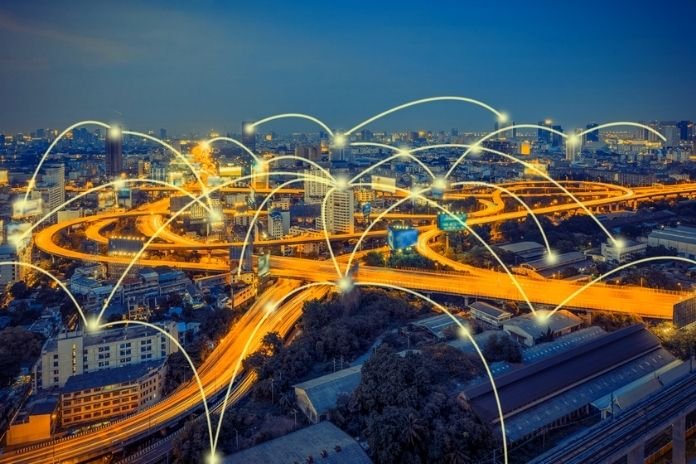
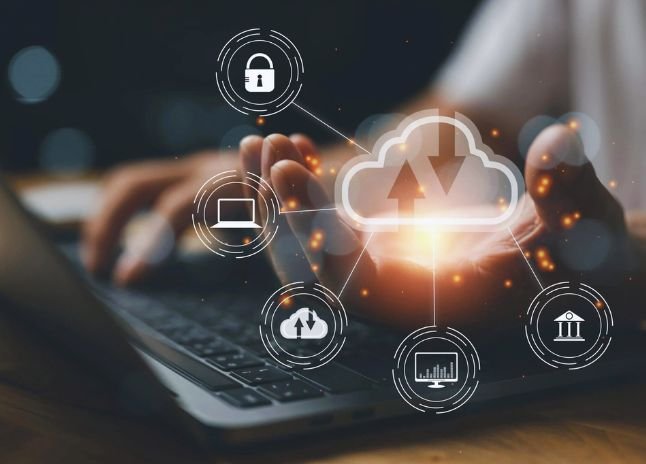
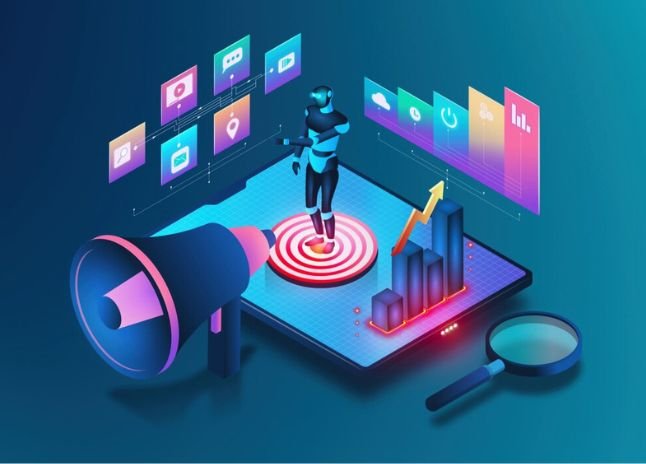


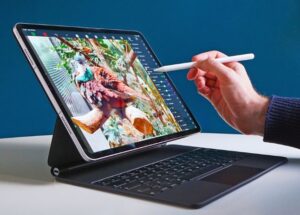
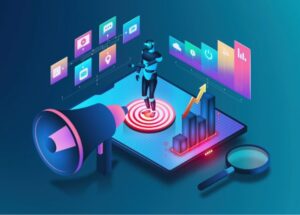



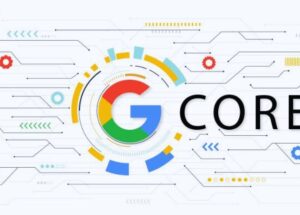


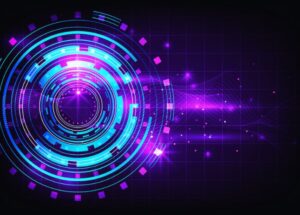
Post Comment